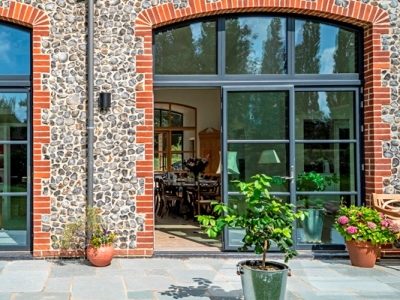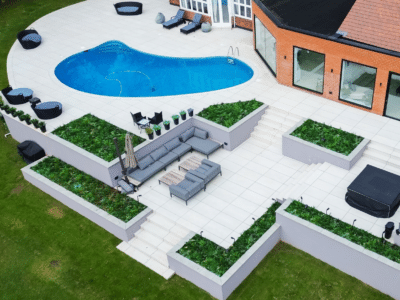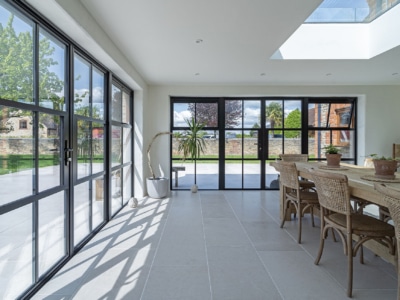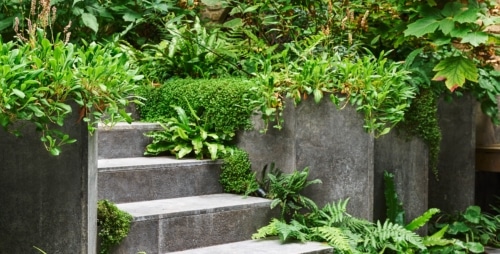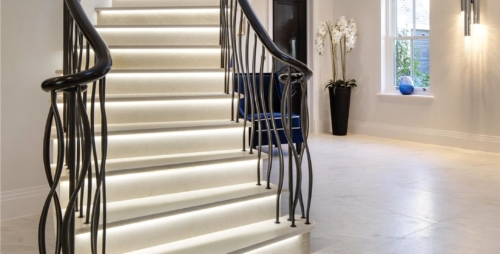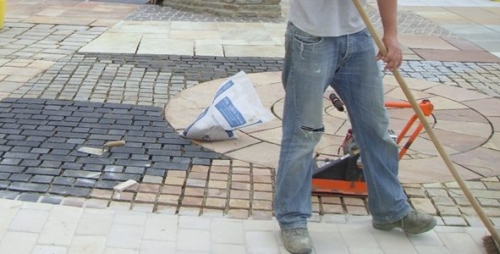Modern garden design in the UK is increasingly about creating outdoor rooms that feel as usable as interiors. Spaces are planned for dining, entertaining, and relaxation, often with strong links between inside and outside. Stone plays a central role in this, providing durable flooring, structural features, and focal elements that tie planting and architecture together.
One of the strongest trends is blending naturalistic planting with structured hard landscaping. Grasses, perennials, and loose planting schemes soften the lines of sawn paving or stone walls. Designers use this contrast to create gardens that feel contemporary yet connected to nature. The stone provides order and stability, while plants bring movement and seasonal change.
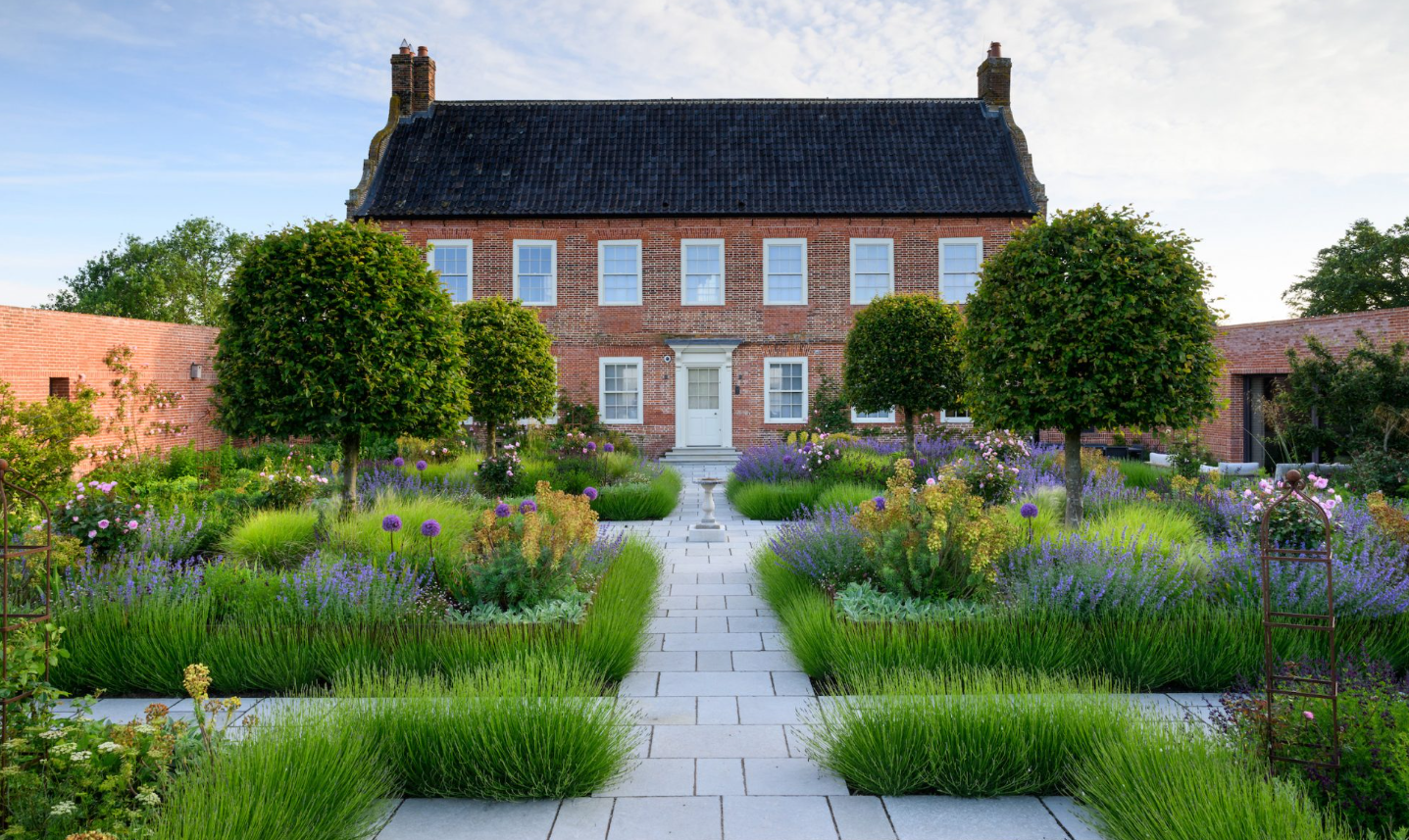
Sustainability is also influencing current design choices. Many designers are specifying locally quarried stone, pairing it with pollinator-friendly planting palettes. Permeable paving layouts or wide stone joints filled with gravel or low groundcovers help improve drainage and support biodiversity.
Minimalist colour palettes are another feature of modern gardens. Pale greys and beiges in stone are matched with restrained planting schemes — often grasses, ferns, and evergreen shrubs — for a calm, architectural feel. Where a stronger character is wanted, designers introduce bold planting blocks against dark or richly coloured stone, creating deliberate contrasts.
Outdoor Rooms and Extended Living
Modern gardens are now designed as liveable extensions of the home. Instead of treating the garden as separate, clients want spaces that can be used for dining, entertaining, and relaxing. Stone is key to this approach because it provides durable flooring and a sense of permanence that defines an outdoor room.
Large-format slabs are particularly popular. When laid in direct alignment with interior flooring, they create continuity between kitchen or living spaces and terraces. This effect blurs the boundary between inside and outside, giving a sense of flow and unity. It is especially effective in projects with sliding or bifold doors, where the transition is visually seamless.
Planting then plays the role of softening edges and preventing the outdoor room from feeling too stark. Climbers, grasses, and low hedging are often used to frame paved areas, providing colour and movement without interrupting the clean geometry of the stone layout.
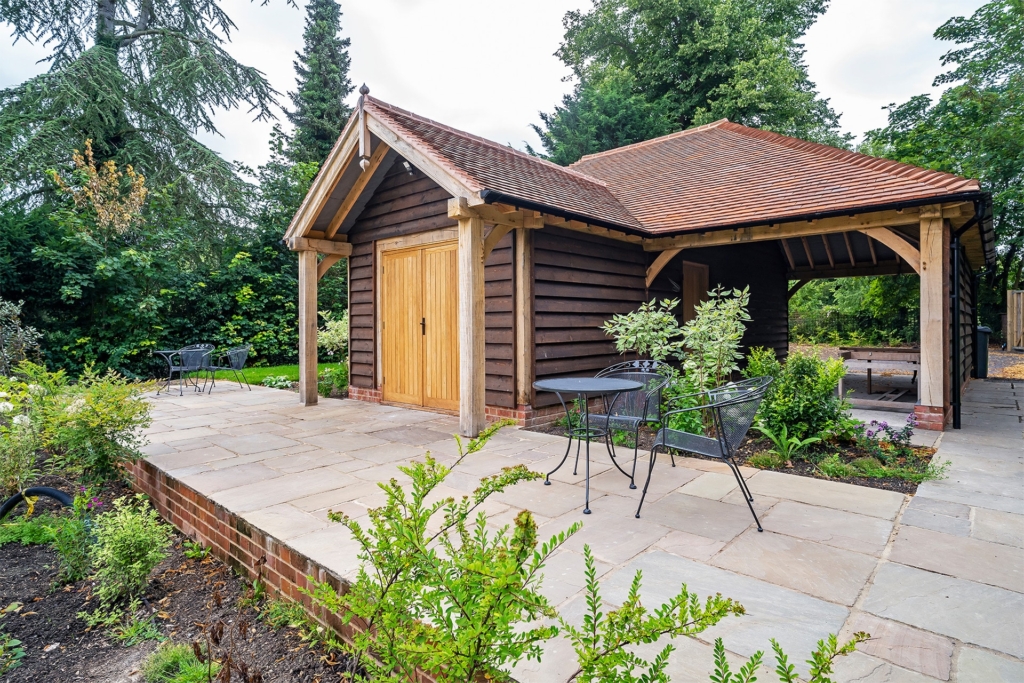
Naturalistic Planting Paired with Structured Stone
Naturalistic planting has become a hallmark of contemporary design. It uses drifts of grasses and perennials that shift with the seasons, creating a dynamic and immersive landscape. When paired with precise stone detailing, this approach produces a powerful balance between natural softness and architectural order.
Stone provides the framework: sawn paving for paths, crisp steps to link levels, or low retaining walls that hold planting beds. This structure ensures that even when the planting grows loosely, the garden retains clarity and direction. Designers find this particularly useful in urban contexts where space is limited but impact is required.
The dialogue between stone and planting is where the design succeeds. Rough-textured stone surfaces highlight the movement of grasses, while pale paving can make vibrant flowers stand out. By thinking of the garden as an interaction between permanent and seasonal elements, designers can create schemes that feel alive but controlled.
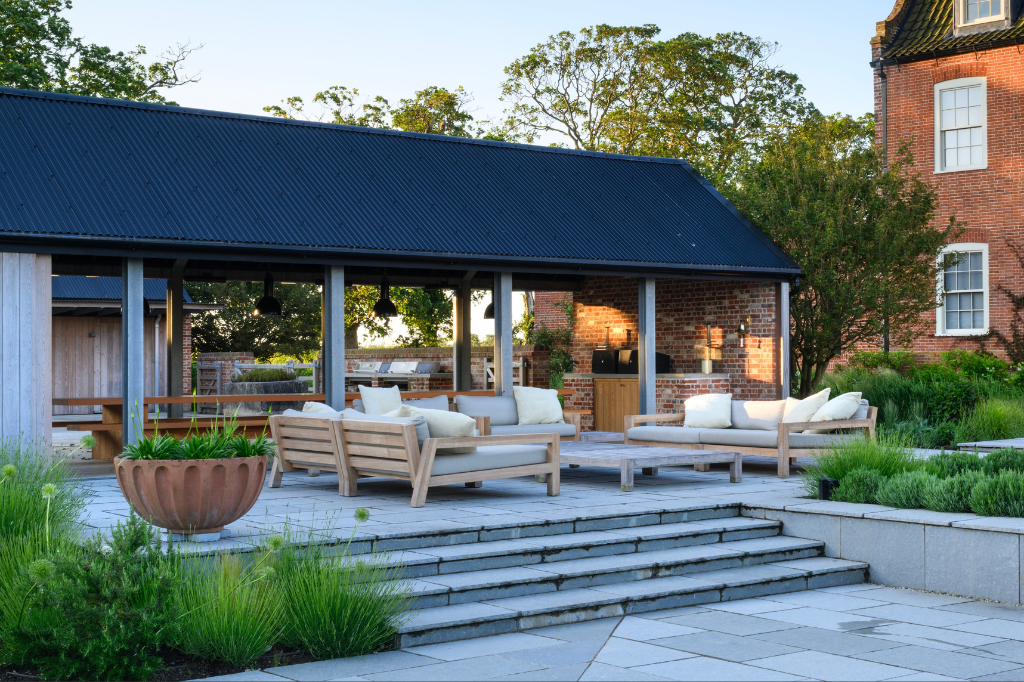
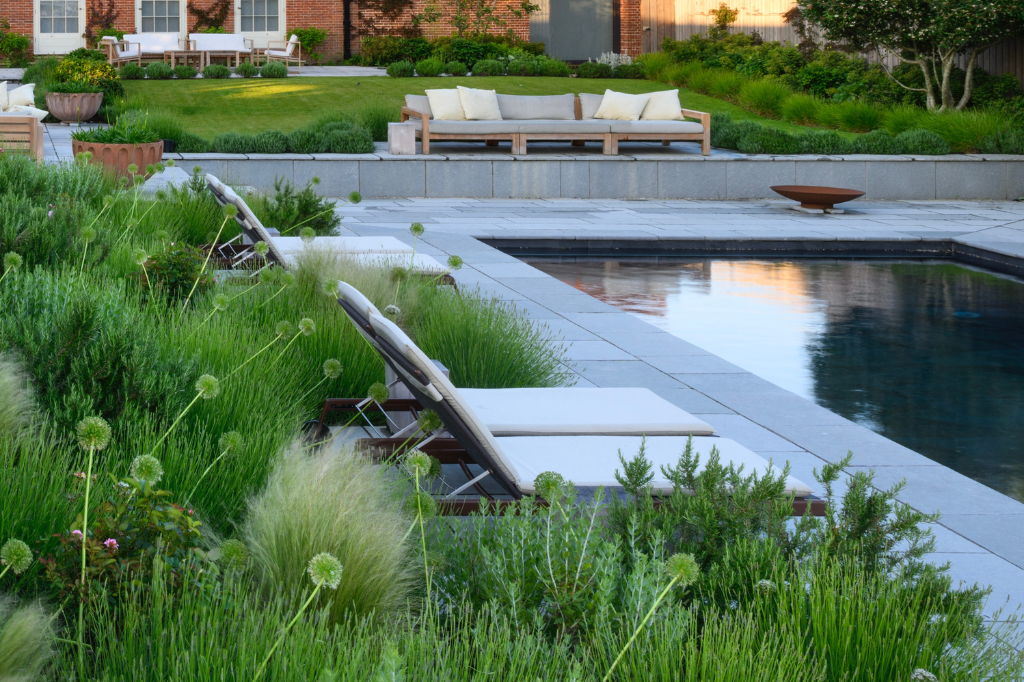
Sustainability and Provenance
Sustainability is now a central part of garden design, and clients are increasingly aware of how materials are sourced. Designers are reflecting this by specifying stones with clear provenance, reducing transport miles, and supporting long-standing traditions of British quarrying. Locally quarried stones such as Yorkstone and Portland limestone remain popular for their durability and heritage value, while also lowering the environmental impact compared with imported materials.
Stoneworld’s own Park Lane Bath Stone Quarry forms part of this sustainable approach. As part of the Stoneworld group, Park Lane provides designers with direct access to authentic Bath Stone, offering both environmental benefits and complete assurance of supply chain transparency. Specifying Bath Stone from Park Lane supports UK industry, ensures material quality, and reinforces the cultural continuity of using one of Britain’s most historic building stones in modern landscape settings.
Reclaimed stone is also gaining prominence. Its weathered surfaces can help a new scheme blend into its surroundings from the outset, while the reuse of existing resources reduces quarrying demand. In combination with sustainable planting — such as drought-tolerant perennials, meadow mixes, or pollinator-friendly species — reclaimed or locally sourced stone helps designers deliver gardens that are environmentally responsible as well as visually refined.


Colour and Texture Palettes
Colour is central to how a garden feels, and stone makes a strong contribution. Pale greys and beiges create brightness and space, while darker stones add depth and formality. Designers are increasingly keeping palettes restrained, using a limited range of tones to establish calm, ordered atmospheres that work in both urban and rural settings.
Texture is equally important. A sawn finish can give precision and clarity, while riven or flamed surfaces add grip and tactile interest. Mixing finishes within a scheme can be an effective way to control character and safety — smooth for seating areas, rougher for paths or steps.
Planting provides the balance to these stone choices. Light-coloured paving works well with rich foliage or bold perennials, while darker stone benefits from being paired with grasses and silver-toned plants that catch light. The interplay of colour and texture between hard and soft landscaping ensures a garden feels coherent.
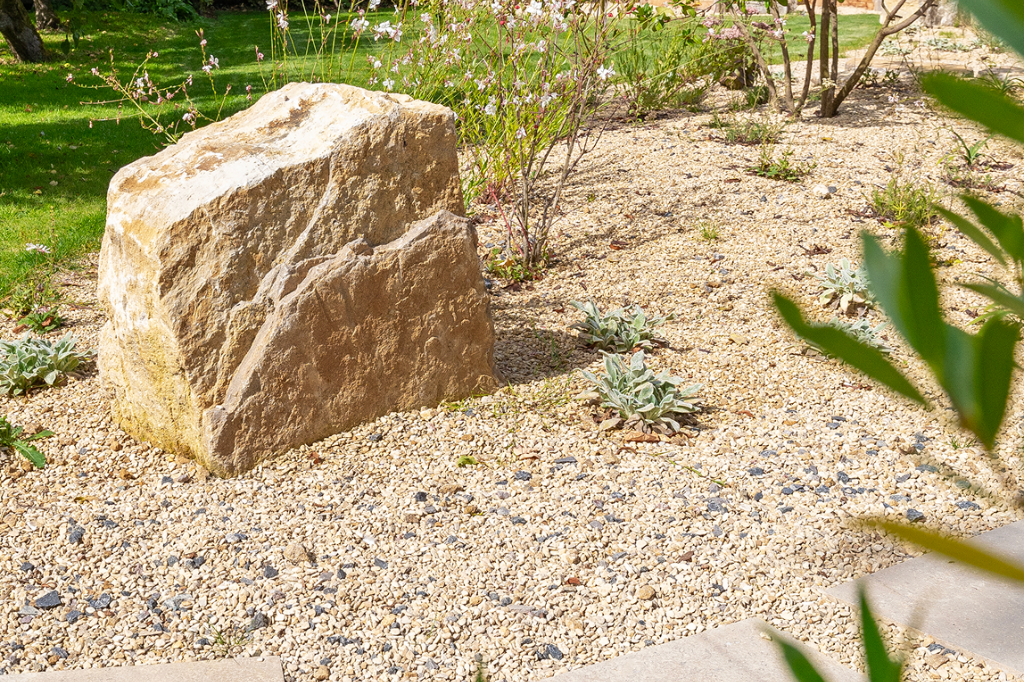
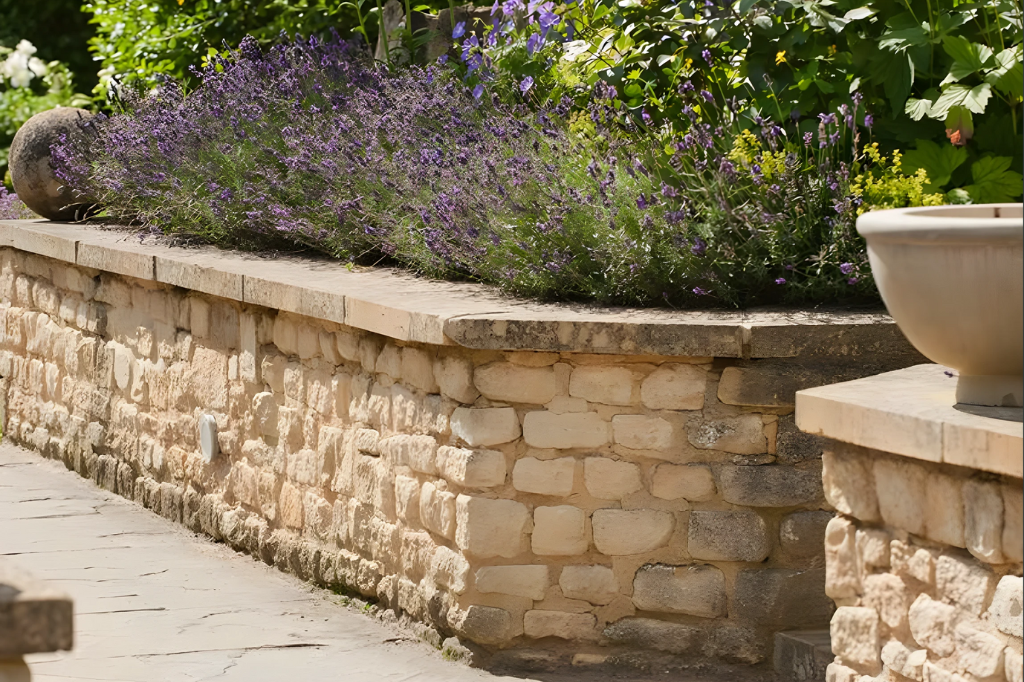
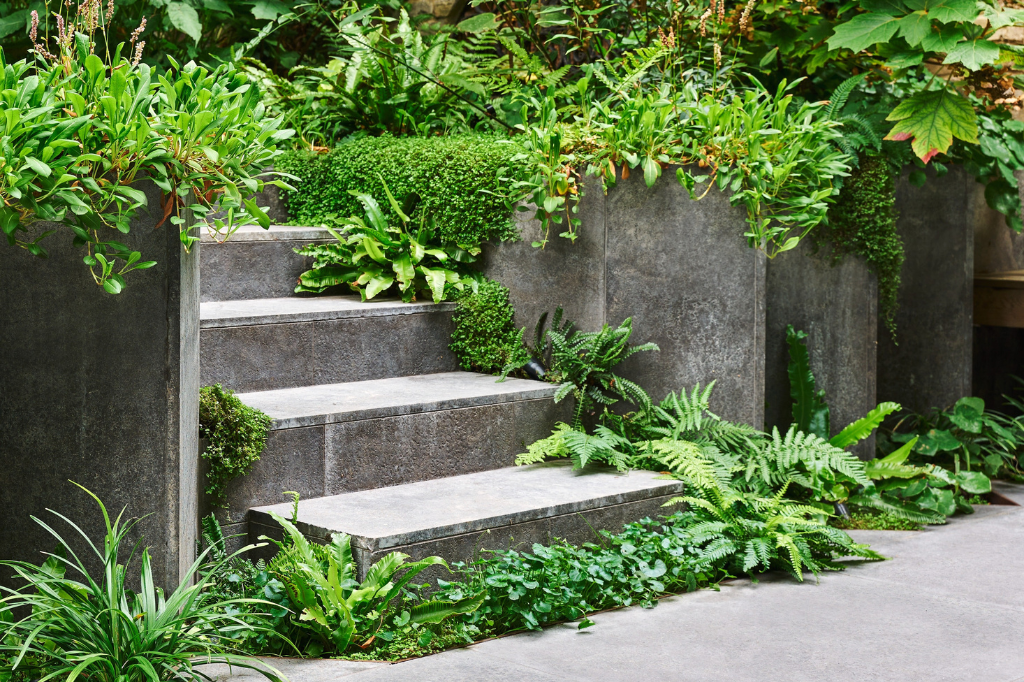

Fire, Water, and Sculptural Stone Features
Feature elements are a strong part of current garden trends. Fire pits surrounded by stone paving are used as year-round gathering points, extending the usability of gardens beyond summer. Similarly, reflective pools or rills edged in stone create calm focal areas that complement natural planting.
Stone is also being specified for more expressive purposes. Large boulders, monolithic blocks, or split-faced cladding walls introduce sculptural qualities into gardens. These features give weight and permanence, acting as anchors that ground the design and provide contrast to lighter planting schemes.
Designers are also integrating stone with lighting to emphasise these features after dark. Uplighting textured walls or edging steps with subtle illumination highlights the tactile quality of stone, ensuring the garden remains atmospheric in the evening.
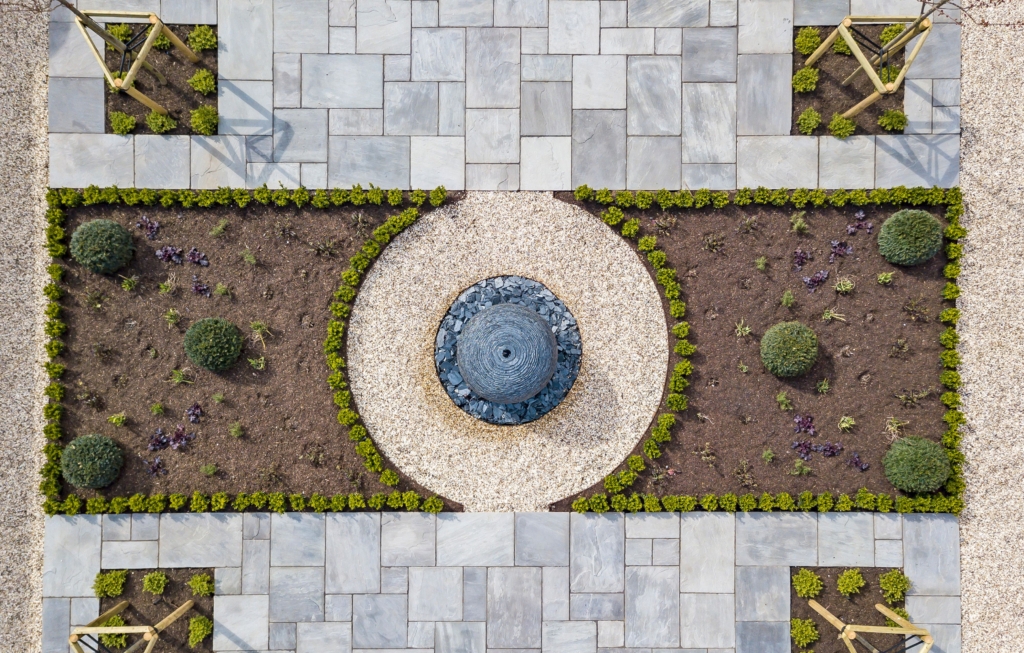
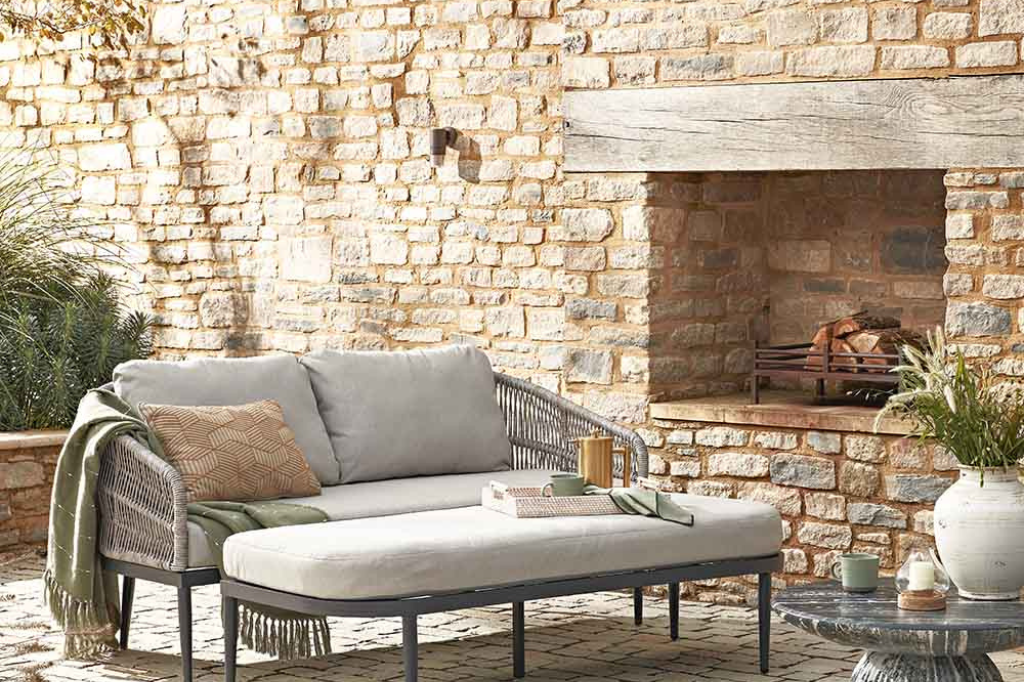

Climate-Resilient Design
Climate resilience is now a practical concern for every project. Wetter winters and hotter summers are placing new demands on both planting and materials. Frost-resistant stones such as granite or dense sandstone offer reliability in changing conditions, ensuring steps and terraces remain safe and intact.
Drainage solutions are equally important. Designers are using permeable layouts — wider joints filled with gravel or planting, or permeable bedding systems — to reduce water run-off and allow gardens to cope with heavy rainfall. These details help prevent long-term damage to stone surfaces.
Planting is also selected with resilience in mind. Species that can handle both drought and saturation, such as ornamental grasses, sedums, and Mediterranean shrubs, are increasingly common. Combined with durable stone, these choices create gardens that are prepared for the challenges of a shifting climate.

Bringing it together
Good garden design aligns materials, structure, and planting. Keep palettes restrained, use texture where grip is needed, and plan details such as drainage, falls, and step proportions early so the scheme feels coherent and works in all seasons.
Sourcing matters. Choosing durable, locally quarried stone reduces transport impact and supports reliable supply. For British provenance, Stoneworld’s own Park Lane Bath Stone Quarry provides direct access to authentic Bath Stone with full transparency.
Plan for aftercare from the outset. A simple maintenance schedule helps stone surfaces age well and remain safe. For cleaning, treatment, and ongoing care, specify products from Rob Parker’s Best alongside your material and finish choices so clients know exactly how to look after their garden stone.




